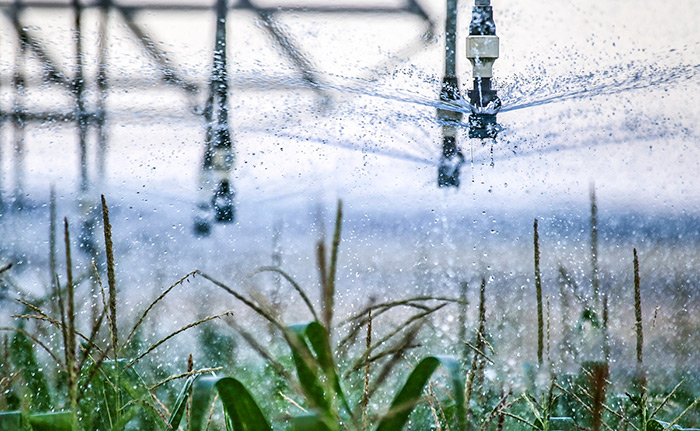Are you worried about system failures in your plumbing projects? Choosing the wrong material can lead to devastating leaks, costly repairs, and a damaged reputation.
A PPR fitting is a connector made from Polypropylene Random Copolymer. These fittings are used with PPR pipes and are joined through a heat fusion process, which effectively welds the pipe and fitting into a single, seamless, and permanently leak-proof piece.
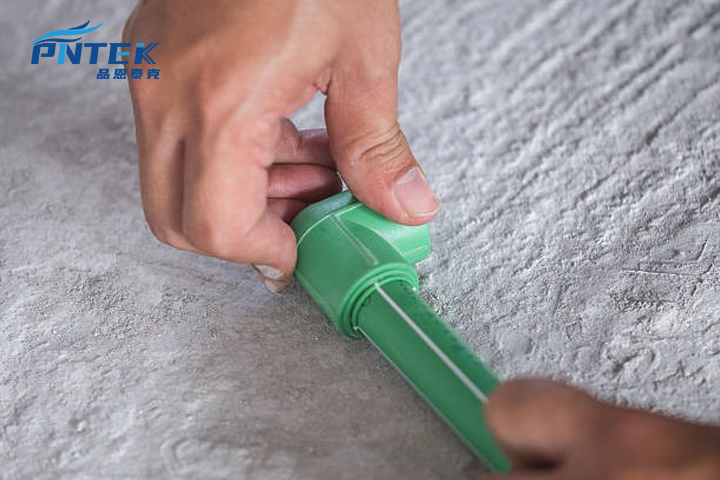
As someone who has built a business on providing reliable water management solutions, I understand the importance of components you can trust. A purchasing manager like Carlos isn’t just buying a part; he’s buying peace of mind for his clients. Let’s explore why PPR has become a go-to choice for modern plumbing.
What are PPR fittings used for?
Are you installing a plumbing system that needs to handle both hot and cold water? Using a material not rated for high temperatures is a disaster waiting to happen.
PPR fittings are primarily used for hot and cold potable water systems in homes, hotels, hospitals, and offices. Their excellent chemical resistance and durability also make them suitable for industrial fluid transport, compressed air systems, and even rainwater harvesting.
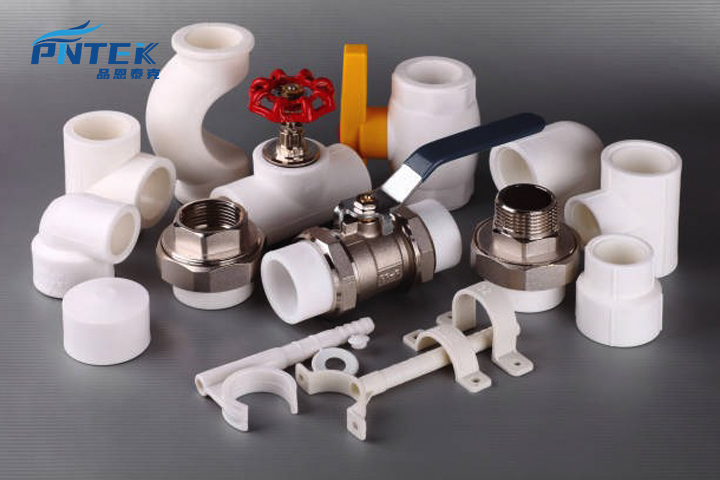
I remember talking to a contractor in Mexico who was building a new hotel. He was concerned about long-term maintenance costs from potential leaks inside the walls. I explained how PPR’s heat-fused joints eliminate this risk. For a purchasing manager like Carlos, being able to offer that level of security is a powerful selling point. It transforms the conversation from price to long-term value.
Residential and Commercial Plumbing
This is the number one application. PPR doesn’t corrode or allow limescale to build up, which means better water pressure and flow over the lifetime of the system. The material is non-toxic and certified for drinking water, ensuring the health and safety of the end-users. For plumbers, a system that doesn’t generate leak-related callbacks is pure gold.
HVAC and Compressed Air Systems
In heating, ventilation, and air conditioning (HVAC) systems, PPR pipes are used to transport chilled or hot water. Their smooth inner surface reduces friction, improving energy efficiency. For compressed air, the leak-proof nature of fusion-welded joints is a huge advantage. Leaks in a compressed air line are essentially leaks of money, so a secure system offers significant operational savings.
Industrial and Agricultural Use
Because PPR is resistant to a wide range of chemicals, it’s a reliable choice for transporting various fluids in factories. In agriculture, it can be used for greenhouse irrigation systems, especially where fertilizers are mixed into the water supply, a scenario where metal pipes would quickly corrode.
Which is better, PPR or PEX?
Is the debate between PPR’s rigidity and PEX’s flexibility causing confusion? Choosing the wrong one can lead to higher installation costs and systems that don’t perform as expected.
Neither is universally superior; they serve different needs. PPR offers robust, straight pipe runs and incredibly strong heat-fused joints. PEX is highly flexible, allowing for faster installation around obstacles with fewer fittings. The best choice depends on the project priorities and installers’ familiarity.

I often advise clients to think about the long-term. A plumber once told me he prefers PPR for high-end residential projects because the rigid lines look more professional and the fused joints feel more secure to him. While PEX is faster to install, he sells his clients on the “bury-it-and-forget-it” reliability of PPR. For Carlos, offering both means he can cater to contractors who prioritize speed and those who prioritize perceived durability.
Key Differences to Consider
| Feature | PPR (Polypropylene Random) | PEX (Cross-linked Polyethylene) |
|---|---|---|
| Joint Type | Heat Fusion (Welding) | Mechanical (Crimp/Clamp) |
| Flexibility | Rigid | Highly Flexible |
| Installation Speed | Slower (due to fusion time) | Faster (fewer fittings needed) |
| Joint Strength | As strong as the pipe itself | Depends on the fitting/crimp quality |
| Flow Rate | Fittings can slightly reduce ID | Fittings are typically less intrusive |
| UV Resistance | Low (requires protection) | Very Low (requires full protection) |
This table helps clarify that the decision is a trade-off. If the job involves long, straight runs in a new construction, PPR’s rigidity and joint strength are excellent. If it’s a remodel with lots of tight corners and existing structures to navigate, PEX’s flexibility can save a huge amount of time and labor.
What is the disadvantage of PPR?
Are you considering PPR as the ultimate solution for all your projects? Before you commit, you must be aware of its limitations to avoid frustrating and costly problems during installation.
The primary disadvantages of PPR are its rigidity, which requires more fittings for turns, the need for a special heat fusion tool, and its linear expansion when carrying hot water. It is also not resistant to UV rays and must be protected from sunlight.
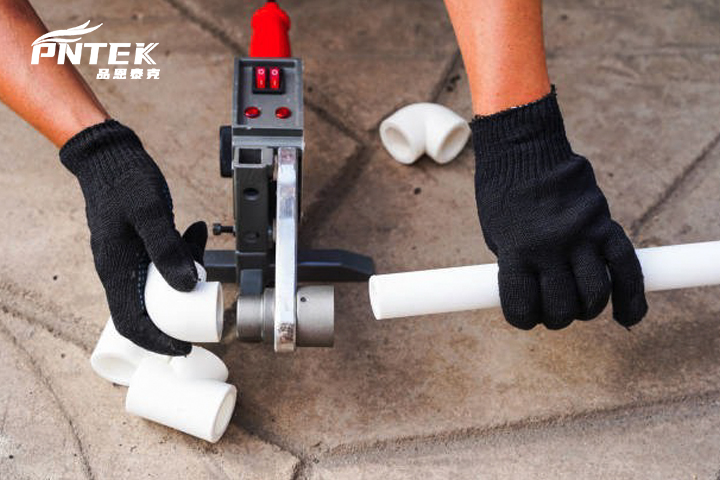
Being transparent about a product’s limitations is key to building trust. I always make sure partners like Carlos are fully aware of these factors. Handling these disadvantages is simple with proper planning, and it shows the installer is a true professional. For example, knowing to include an expansion loop on a long hot water line is a mark of quality installation.
Specialized Tools and Training
You cannot connect PPR with glue or simple hand tools. It requires a heat fusion welding iron. While not overly expensive, it’s an upfront cost for any contractor starting with PPR. Furthermore, the operator needs basic training to know how long to heat the pipe and fitting to create a perfect weld. A “cold weld” that isn’t fully fused can cause a failure.
Rigidity and Thermal Expansion
While rigidity is a benefit for straight runs, it’s a disadvantage when navigating tight spaces. Every change in direction requires an elbow fitting. More importantly, like all plastics, PPR expands with heat. On long runs of hot water pipe, an “expansion loop” or offset must be designed into the system to absorb this movement and prevent stress on the pipe and fittings.
UV Sensitivity
PPR is not designed for direct exposure to sunlight. The ultraviolet rays will degrade the material over time, making it brittle. Any outdoor installation of PPR pipe must be painted with a light-colored, UV-blocking paint or covered with a protective sleeve. This is a simple but critical step that cannot be overlooked.
Are PPR fittings better than PVC?
Are you tempted to use standard PVC for a hot water line to save money? This is a dangerous mistake that can lead to pipe failure, property damage, and liability issues.
For hot water applications, PPR is unquestionably better than PVC. PPR is engineered to handle temperatures up to 95°C (203°F), while standard PVC can begin to soften and deform around 60°C (140°F), making it completely unsuitable and unsafe for hot water.
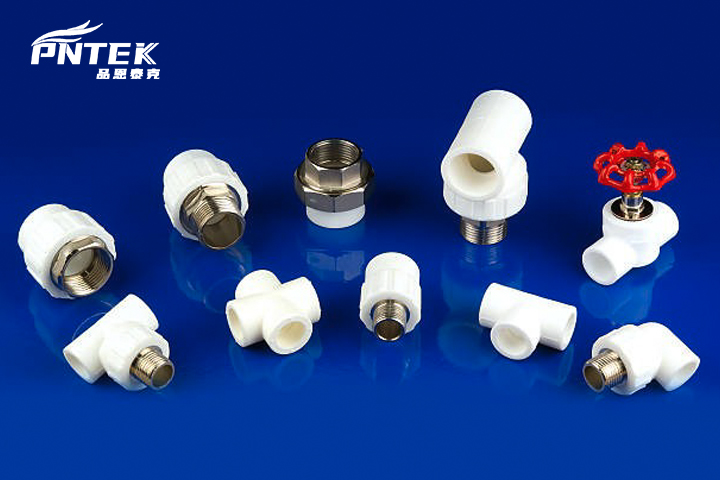
As the leader of Pntek, a company renowned for its quality PVC products, I am the first to say: use the right tool for the right job. We sell PVC for what it excels at—cold water mains, irrigation, and drainage. Trying to make it do a job it wasn’t designed for is a recipe for failure. For his business, Carlos serves his customers best by stocking PVC for cold water applications and PPR for hot water plumbing.
Comparing Where It Matters
The choice between PPR and PVC is not about which is “better” overall, but which is right for the specific application. It almost always comes down to temperature.
| Feature | PPR Fitting | PVC Fitting |
|---|---|---|
| Hot Water Use | Excellent. Designed for it. | Unsuitable. Will fail. |
| Cold Water Use | Excellent | Excellent. The standard. |
| Joining Method | Heat Fusion (Welding) | Solvent Cement (Gluing) |
| Cost | Higher | Lower |
| Primary Application | Hot & Cold Potable Water Plumbing | Cold Water, Irrigation, DWV |
This is why a successful distributor’s warehouse has sections for both materials. A contractor needs PVC for the main water line coming into a house and for the sprinkler system. But for the hot and cold water distribution inside that same house, they need PPR. Offering the complete, correct solution is what makes a supplier a true partner.
Conclusion
PPR fittings provide a superior, leak-proof solution for hot and cold water plumbing using heat fusion. While less flexible than PEX and not for hot water like PVC, their reliability is unmatched.
Post time: Nov-14-2025


